Once consumed by issues of range anxiety and cost, today the biggest quandary for fleets considering the introduction of electric vehicles (EVs) centres on charging infrastructure – and, specifically, workplace charging.
On paper, it seems simple enough: get a supplier to install a few points at the office and away you go.
However, the complexities of local grid capacity, charge point power outputs, number and type of charge points required and negotiating with office landlords, exacerbated by worries about the availability of public charging to provide supplementary support, mean many companies are fearful of even starting the process.
One recommended course of action is to turn to those that have already bought the t-shirt. And there is, arguably, no better place to start than at Dundee City Council.
Dundee began its electric journey 10 years ago, initially with its own council fleet, then with businesses and residents city-wide. By 2035, it intends to be a fully electric city. Along the way it will have tested, trialled and invested in every type of charger to power its own fleet and those of local businesses and residents.
Almost £6 million has already been spent with another £5m earmarked over the next few years in depot chargers, hub chargers, pop-up chargers, rapid chargers, high-powered HGV chargers, solar-powered car park chargers and pay-as-you-go schemes, as well as the EVs themselves.
There have been many learnings for Fraser Crichton, Dundee City Council corporate fleet operations manager and architect of its EV strategy. An early one taught him the importance of understanding an individual vehicle’s charge capacity.
“Our bin lorry has five 60kW battery packs, so we naturally assumed we needed a big charging capacity,” he says. “But it can only take 40kW per hour! In comparison, a coach can take 135kW. You have to understand the vehicle and what it can actually pull.”
He adds: “It was a big learning curve – and not just for us. The manufacturer put the charging point halfway down the bin lorry – it would require an eight-foot cable! So, it’s also a learning curve for the manufacturer. We can help to develop new products, but it needs to be a partnership that starts earlier in the production development cycle.”
Eroded volcano
Dundee’s electric story was forged from a need to address its chronic air quality. The city sits in the bowl of an eroded volcano which prevents poisonous exhaust gases from escaping its centre. It had some of the most polluted streets in Scotland.
Crichton’s electric epiphany was two-fold. He attended a climate emergency meeting where the finger of blame was pointed at transport and, at around the same time, he took delivery of his first Nissan Leaf.
“It was a game-changer,” he says. “As a result, I decided to pilot four vehicles and four chargers at our depot on a six-month trial.”
Ironically, one of the elements which exacerbates Dundee’s high pollution levels is also its EV saviour: its 150,000 people live in an area measuring just eight miles by five. Such a condensed population results in low mileage which makes it ideal for early adoption of EVs.
“After two or three years we had 20-30 EVs and infrastructure in our depots, but we realised that the council could only do so much,” says Crichton. “If we were serious about it, we had to engage other partners, such as the NHS, taxis, other councils and local universities and colleges.”
Crichton attended Fleet News events to learn from other fleets and from manufacturers about their EV plans. He also travelled to Oslo to learn about hub charging. That was another lightbulb moment.
“It was key because 51% of Dundee’s population lives in tenements so we have charging issues,” he says. “We also have a big taxi fleet and that’s where the concept for the hubs became a viable strategy.”
Oslo was also a lesson in sustainability. To turn Dundee green, the city would have to look to renewable energy to reduce its reliance on the grid.
 The Princes Street hub where the solar panels give cover to the cars charging up
The Princes Street hub where the solar panels give cover to the cars charging up
Its projects now focus on solar and second-life batteries for storage, such as the flagship Princes Street, one of three solar-powered charging hubs in the city (a fourth is due to open soon). Over the course of a year, they are exceeding 100,000 charging sessions – almost 300 per day on average.
Many of these sessions are taken by the city’s 180 electric taxis – which account for 26% of the local taxi fleet. They typically spend six-to-eight minutes on a charge between fares two or three times per day.
Location was critical when it came to the hubs, ensuring they were accessible to as many fleets and drivers as possible. The council spent two years in the planning stages, engaging local businesses and the community, undertaking surveys on various options and getting buy-in to its plans.
The Princes Street hub took 13 weeks to build and was completed in 2018 with funding from a £1.86m grant from the Office for Low Emission Vehicles.
It consists of six 50kW rapid and three 22kW fast charging units which can charge two vehicles simultaneously, giving total capacity for 18 vehicles. On-site photovoltaic cells provide 36kW of power with the battery storage solution allowing 90kWh capacity. The solar system allows the EV hub to reduce demand from the national grid at peak times to take advantage of off-peak charging tariffs.
“We will increase each of our hubs with 150kW chargers – they are already prepared with future-proof thicker cabling,” Crichton says. “But the 150kW chargers will be for business only, not the public because it will just cause queues. People naturally go to the sites where there are multiple chargers and then head for the most powerful because they think it is always quicker.”
A second hub, targeting the public, is sited on the outskirts of the city in a train station car park next to a cycle/walking path.
“This is our multi-modal hub,” says Crichton. “We want them to leave their vehicle there and have the option of train, bike, including e-bike, or walk into the city.”
Multi-storey car parks
Not everyone can, or will, walk or cycle, particularly in poor weather, so the council has started adding charge points to multi-storey car parks nearer the city centre. Powered either by solar panels on the roof or solar ‘buckets’ on the floor which feed into a battery storage system, their dynamic load charging systems mean they can be run entirely off renewable energy. At night, residents are given preferential charging rates, which takes their cars off the road.
Emma West, low carbon project assistant at Dundee City Council, says: “This gives residents a safe option to leave their car overnight and it’s a solution for people in tenements or those with no off-street parking so they can also switch to electric cars.”
Crichton is now developing a park and charge app for the multi-storey car parks which will enable him to adjust pricing in real time and influence where drivers head to park, thereby reducing congestion levels in the city.
He is also adjusting to the impact of Covid-19, which has seen traffic fall as more people work from home.
“We have offered monthly passes, but we’re seeing changes to working patterns with perhaps three days in the city and two at home,” Crichton says. “So, we will give them credits to encourage them to use our renewable charging infrastructure rather than charging at home off the grid.”
In its enthusiasm to transform the city’s air quality, the council made a mistake: it didn’t charge local companies from the beginning. Speed of uptake was the primary concern.
“We only charge 15p per kilowatt – with discounts for residents – to keep the cost low and encourage uptake, but it was hard to introduce a tariff from nothing,” says Crichton.
“I recommend others charge from the start. Companies had based their business costs on free charging so, when we introduced the charges, they had to change their calculations.”
While the city centre infrastructure is extensive, there are still areas where owning an EV is not possible. Again, Crichton is working on a solution: pop-up chargers.
“We can put the infrastructure into the streets,” he says.
“We looked at lampposts, but they are too far from the kerb, so they become a trip hazard. We saw the pop-ups in Oxford and started our own trial in October. We think it will solve the residential issue.”
Activated by app, the 7kW Urban Electric chargers sit flush to the floor when not in use enabling full pavement access. The trial will last nine months.
Building the EV infrastructure is just the first step. Equally important has been the publicity campaign to encourage business and residents to make the switch to electric. A notable milestone for Dundee came when council leader John Alexander swapped his two internal combustion engine (ICE) cars for a Nissan Leaf and got on the campaign trail to promote the new charging infrastructure.
“It requires a huge media campaign to tell local people and businesses what you have done,” says Crichton.
Extensive insight
The council could at least draw on its own vast experiences when extolling the virtues of EVs. It has more than 200 on fleet, ranging from cars to vans to refuse trucks, and can offer extensive insight into creating a workplace charging infrastructure.
“The rule of thumb is when you get to around eight vehicles you need a rapid charger – we have 50kW at our depots, but we are going up to 150kW now – with slower chargers as back up,” advises Crichton.
“Basic 7kW chargers are enough for just a few vehicles, but we need to be able to give vehicles a quick charge, especially when they’ve not been plugged in properly overnight.”
He adds: “If you have 16 electric vehicles, you need eight charge points. A Leaf will do around 150 miles so that’s two days’ worth – it’s roughly a 50% calculation. But that ratio will reduce as the battery range increases.”
However, it isn’t simply about charge point power. As Crichton previously discovered, draw down capability is key, even for cars: the Kia Nero accepts 96kW, the Nissan Leaf 64kW, for example. And you can’t simply install lots of 150kW charge points because of the demand on energy. It’s also a significant investment, each costing around £64,000; a 50kW charger is a relative snip at £22,000.
“You need a mix of different chargers, including standalone, wall-mounted, fast and rapid,” Crichton says. “In the next two-and-a-half years, we will have a full infrastructure that will allow a complete fleet changeover.”
That means all the council’s 150 cars and 315 vans will be electric, while its entire fleet of heavy commercial vehicles will make the switch within seven-to-eight years.
Proper management
As the number of EVs on a fleet rises, so the demands change. “When you get into the 40s and 50s, you have to have proper management of the chargers. For example, with HGVs, the manager will have telematics that tells them how much charge is left on each vehicle and who needs to charge next so they can prioritise,” explains Crichton.
The council operates 150 charge points with 15-18% of charging via renewable energy sources. However, it is installing more solar panels on council buildings, which should enable it to get to 35-40% over the next couple of years.
The business case for EVs is forever strengthening as prices come down. Service, maintenance and repair (SMR) costs are typically 30% lower than ICE vehicles, while comparable running costs are around 2-3p per mile versus 17ppm.
The council also includes emissions in its business case, incorporating figures from the NHS which show the impact of air quality on health. Supported by grants to install the infrastructure, the payback comes quickly.
“We get payback on an electric van versus a diesel van within three years,” Crichton says. “For HGVs, the annual fuel saving is £15,000. And one electric bin lorry saves the CO2 of 20-25 vans.”
Operating cycles can also be lengthened for the EVs. Dundee keeps its leased cars for three or four years, but it has Peugeot Ions dating back more than eight and is enjoying excellent residual values (RVs) when they are remarketed.
“We could keep electric cars for 10 years because we’re not seeing huge degradation in the battery – the capacity has only reduced to 85%,” Crichton says.
“The RVs are incredible – we’re getting £4,000 for the Ions and up to £10,000 for the (Renault) Zoes. We are seeing big demand from students.”
He also anticipates keeping electric vans for an additional two or three years above the usual five-to-six-year term.
Crichton has encountered obstacles along the way (see below), from planning to engineers to local grid capacity, but determination and an admirable belief in the need to tackle environmental and air quality issues have seen them swept aside. Sitting at the heart of the fleet department also helped.
“I’m the transport manager so I can move things more quickly,” he says. “Some other cities rely on air quality people and it leads to a disconnect between fleet and the infrastructure requirements.”
Avoiding the 'porky pies'
Fleets need to be wary of “roadblocks” when it comes to investing in a charging infrastructure, including in the planning stages and from engineers, according to Fraser Crichton.
“You have to be able to manage around them,” he says. “Set goals on where you want to be.”
Procurement was a case in point. “We got 17 companies in and whittled them down to eight. We had to do a lot of due diligence because we heard some porky pies about their system abilities,” Crichton says.
Dundee City Council opted for Austrian technology group Swarco.
“It has to be a partnership. If a charger goes down, it’s either the hardware that isn’t good enough or the service maintenance isn’t good enough,” he says. “We have 98% operability of our charging network and our own service engineers, so any downtime is sorted quickly.”
He adds: “The DNOs (distribution network operators) struggled with the idea of renewable energy to start with. You need to get them on board from the beginning.”

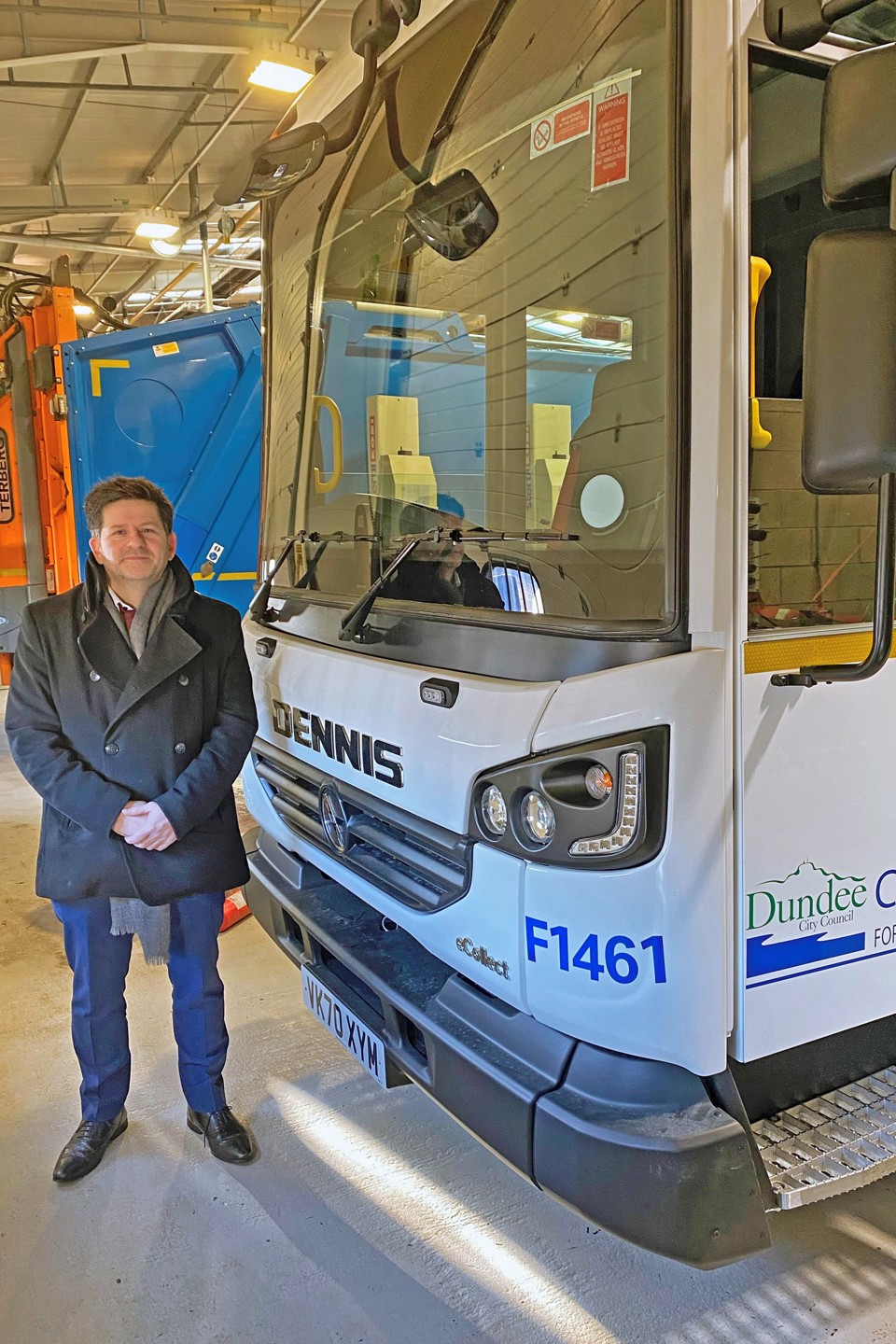



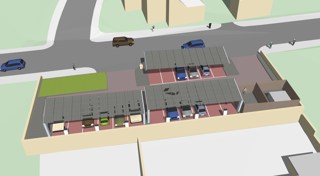

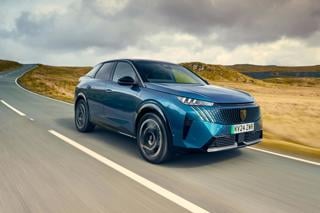
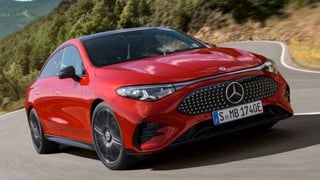







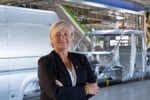



Login to comment
Comments
No comments have been made yet.